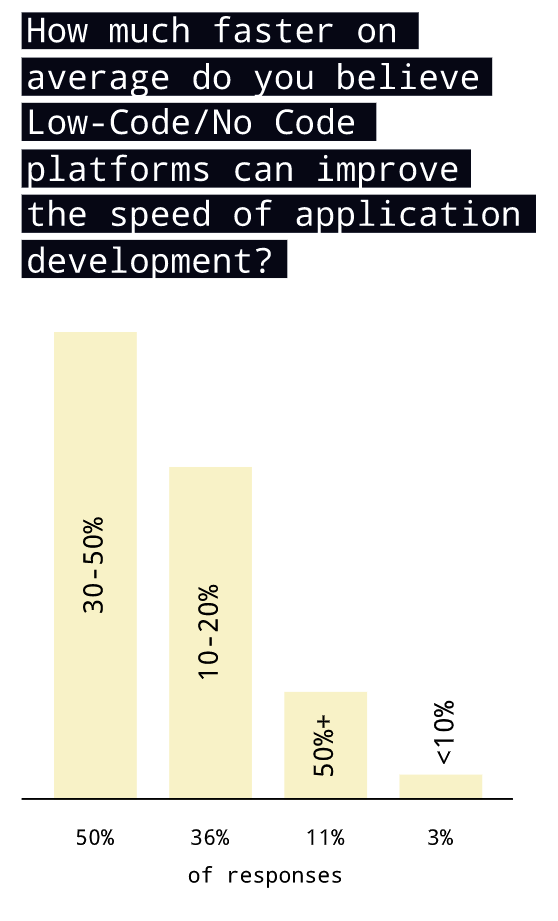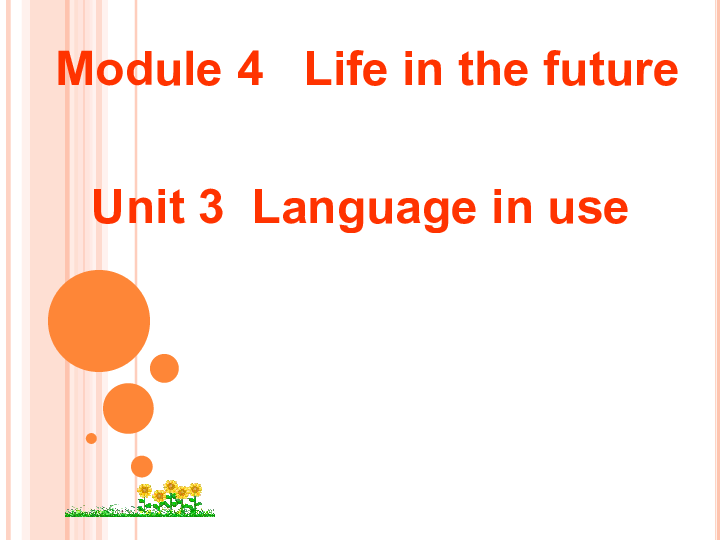Unlock Your Future: How Do You Take Out Student Loans to Fund Your Education?
#### Description:Are you dreaming of pursuing higher education but worried about the financial burden? You’re not alone! Many students face the same dilemma……
#### Description:
Are you dreaming of pursuing higher education but worried about the financial burden? You’re not alone! Many students face the same dilemma, but the good news is that there are options available to help you achieve your academic goals. In this comprehensive guide, we’ll explore the question: how do you take out student loans? By the end, you’ll have a clearer understanding of the process and be ready to take the next steps toward funding your education.
#### Understanding Student Loans
Student loans are a crucial resource for many individuals seeking to finance their college education. These loans can cover tuition, books, and living expenses, allowing students to focus on their studies rather than their finances. However, navigating the world of student loans can be overwhelming, especially with various types and terms available.
#### Types of Student Loans
Before diving into how do you take out student loans, it’s essential to understand the different types of loans available:

1. **Federal Student Loans**: These loans are funded by the government and often have lower interest rates and more flexible repayment options. They include Direct Subsidized Loans, Direct Unsubsidized Loans, and PLUS Loans for parents and graduate students.
2. **Private Student Loans**: Offered by banks, credit unions, and other financial institutions, private loans can help fill the gap when federal loans don’t cover all expenses. However, they often come with higher interest rates and less flexible repayment terms.
#### Steps to Take Out Student Loans
Now that you have a basic understanding of student loans, let’s delve into how do you take out student loans step by step:
1. **Complete the FAFSA**: The Free Application for Federal Student Aid (FAFSA) is your first step in securing financial aid. This form will determine your eligibility for federal loans and grants. Make sure to complete it as early as possible to maximize your aid opportunities.

2. **Review Your Financial Aid Offer**: After submitting the FAFSA, you will receive a financial aid offer from your chosen school. This offer outlines the types and amounts of aid you qualify for, including federal loans. Review it carefully to understand your options.
3. **Choose the Right Loans**: Based on your financial aid offer, decide which loans you want to accept. Prioritize federal loans first, as they typically offer better terms. Remember, you don’t have to accept the full amount offered; only take what you need.
4. **Complete Loan Entrance Counseling**: Before receiving federal loans, you must complete entrance counseling. This process ensures you understand your responsibilities as a borrower, including interest rates, repayment plans, and potential consequences of defaulting.
5. **Sign the Master Promissory Note (MPN)**: The MPN is a legal document in which you agree to the terms of your loans. This step is crucial, as it allows the school to disburse your loan funds.
6. **Stay Informed About Your Loans**: Once you’ve taken out student loans, keep track of your borrowing. Monitor your loan balance, interest rates, and repayment options. Knowledge is power, and being informed will help you make better financial decisions in the future.

#### Conclusion
In conclusion, understanding how do you take out student loans is a vital step in financing your education. By following these steps and staying informed about your options, you can secure the funding needed to achieve your academic dreams. Remember, while student loans can be a valuable resource, it’s essential to borrow wisely and plan for repayment. Your future is bright, and with the right financial tools, you can unlock the door to educational opportunities that await you!